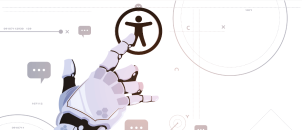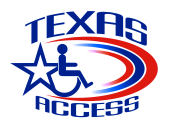Accessibility is important. For web accessibility, designers and developers must consider accessibility when designing and developing modern web interfaces. Since there are different types of people with disabilities such as motor, visual, physical, and cognitive disabilities trying to access the web, it is important to pay attention to such errors that may affect their access to the web. Such errors include insufficient color contrast, lack of alternative text for images, lack of captions for multimedia such as videos, keyboard inaccessibility, and screen reader incompatibility among many others.
🚀 Do you want to become compliant? We highly recommend you to read Accessibe Reviews
It is not only ethical to make websites accessible, but it is also a legal requirement. For example, the Americans with Disabilities Act (ADA), a non-discrimination law under Title III regards websites as a public accommodation, hence the need to make them accessible and avoid the risk of a lawsuit. The European Accessibility Act ensures products, services, and information are accessible in Europe, while the UK’s Equality Act (EQA) provides a legal framework to prevent discrimination by public and private organizations providing goods and services to the public.
For websites to be accessible, it is essential to follow the web content accessibility guidelines 2.1 checklist (WCAG) – the international standard for web accessibility. The most updated version of the standard- WCAG 2.1 encompasses a wide range of recommendations for making web content more accessible to a wider range of people with disabilities.
As a good way to propagate disability inclusion, countries around the world have established web accessibility laws that mandate the accessibility of web and digital properties. Section 508 requires US federal agencies to make their digital properties such as websites, web apps, and ICT, accessible to people with disabilities. Other digital accessibility laws include the Accessibility for Ontarians with Disabilities Act (AODA), and the EN 301 549 Directive in Europe, among other international web accessibility laws. These web/digital accessibility laws require websites to follow WCAG 2.0/2.1 Level AA in providing disabled access to web content.
In other words, to be compliant with WCAG is to not discriminate against people with disabilities, hence, ADA compliance. The most effective practice to ensure accessible products is to ingrain accessibility testing during design and development processes. This will involve performing various WCAG testing using automated accessibility testing tools and performing manual functional tests using people with actual disabilities or accessibility experts with disabilities to test the web interfaces. WCAG testing often represents the first place to begin in determining accessible websites. So let’s examine such inaccessible websites.
Inaccessible Websites
Air Choice One is an American airline that operates as a regional airline offering commuter flights but they have failed to make their site accessible to people with disabilities.
Highlights:
Keyboard focus helps users know where they are on the web page as they tab through it. The Air Choice One website unfortunately does not help the web user know which element has the keyboard focus. The site violates WCAG 2.4.7 and makes it difficult for people who rely on the keyboard to navigate web pages such as blind users. It also makes the web page inaccessible to people with attention limitations.
The famous New York Magazine is an American biweekly magazine concerned with ideas, people, culture, politics, and style, with a particular emphasis on New York City.
Highlights:
Of course, there are many accessibility issues on this site but the lack of alternative text for images is alarming for a news site. Lack of alt text for images to help people with visual and auditory disabilities. New York Mag violates many guidelines including WCAG 1.1.1. Without text alternatives, disabled users can’t perceive visual content. Text alternatives help visually impaired people who rely on screen reader assistive technology to understand the meaning of images. it also assists people who are deaf or hard of hearing the struggle to understand audio information.
CBS owned and operated, licensed to Miami, Florida, the USA has not only failed to provide alt text for images and keyboard focus but there is also the problem of the Keyboard trap which violates WCAG 2.1.2. Keyboard trap on content affects disabled persons who rely on a keyboard or keyboard interface to use the web such as people who are blind and people with physical disabilities. When keyboard focus is trapped within subsections of content on a web page, visually impaired people would find it impossible to complete tasks on the website.
Although you can see the “skip to content” link to help users with both physical or motor and visual disabilities, this website fails in many other areas.
The first is failing to meet the minimum color contrast standards (WCAG 1.4.3). The poor color contrast makes it difficult for people with color vision deficiencies such as people with low vision or older people to read the text on the web page. Another problem is that the name, value, and role cannot be programmatically determined which means the web page is not compatible with assistive technology such as screen readers.
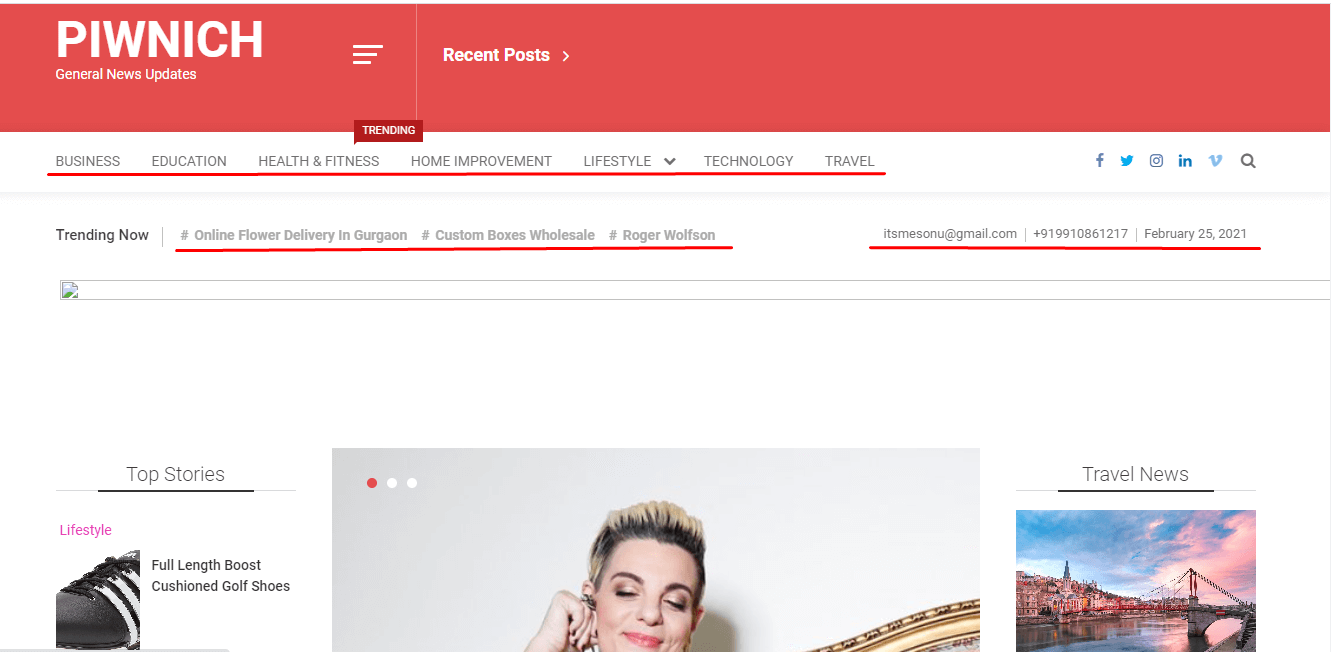
Accessible Websites
You can see the use of “skip to site content” and “skip to site index” links. Not only that, the keyboard focus is focusable for anyone to identify where they are on the page. You can also see the image alt text titled “President Trump spoke with Savannah Guthrie during a town hall event in Miami on Thursday.” This website is very much accessible to keyboard users by preference or circumstance. That is what web accessibility is all about.
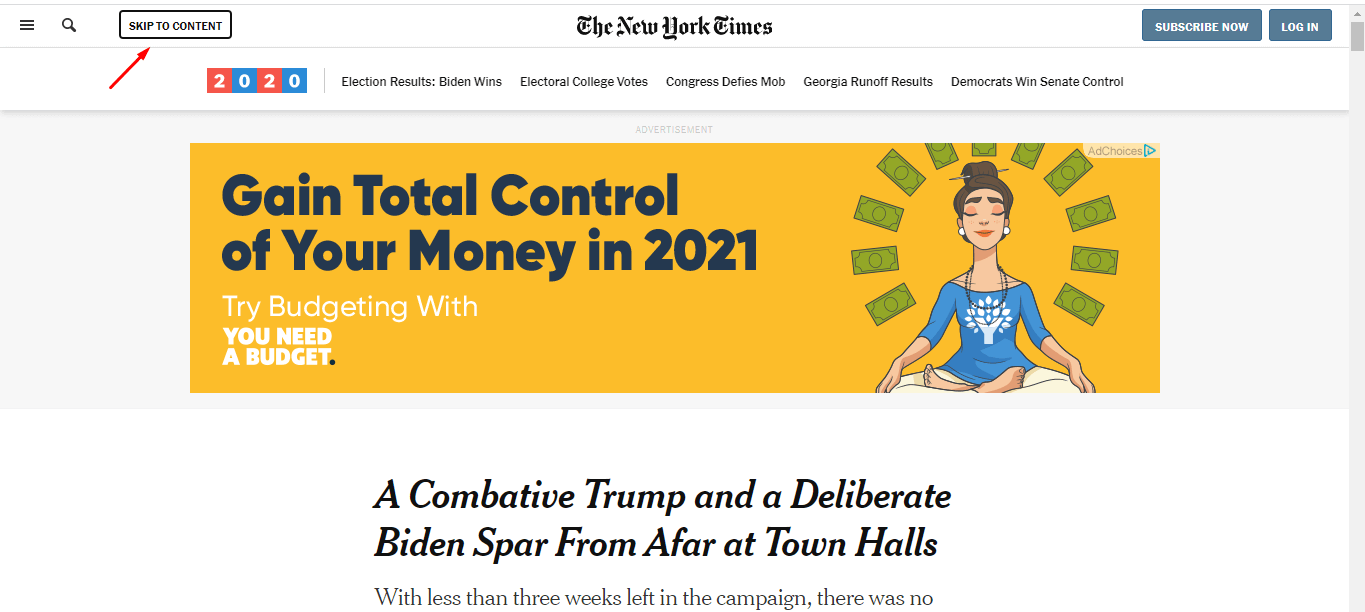
Costco Wholesale is a multi-billion dollar global retailer. A glance at Costco’s accessibility page says all you need to know about its commitment to ensuring inclusive access. The web page has good keyboard navigation and a visible keyboard focus.
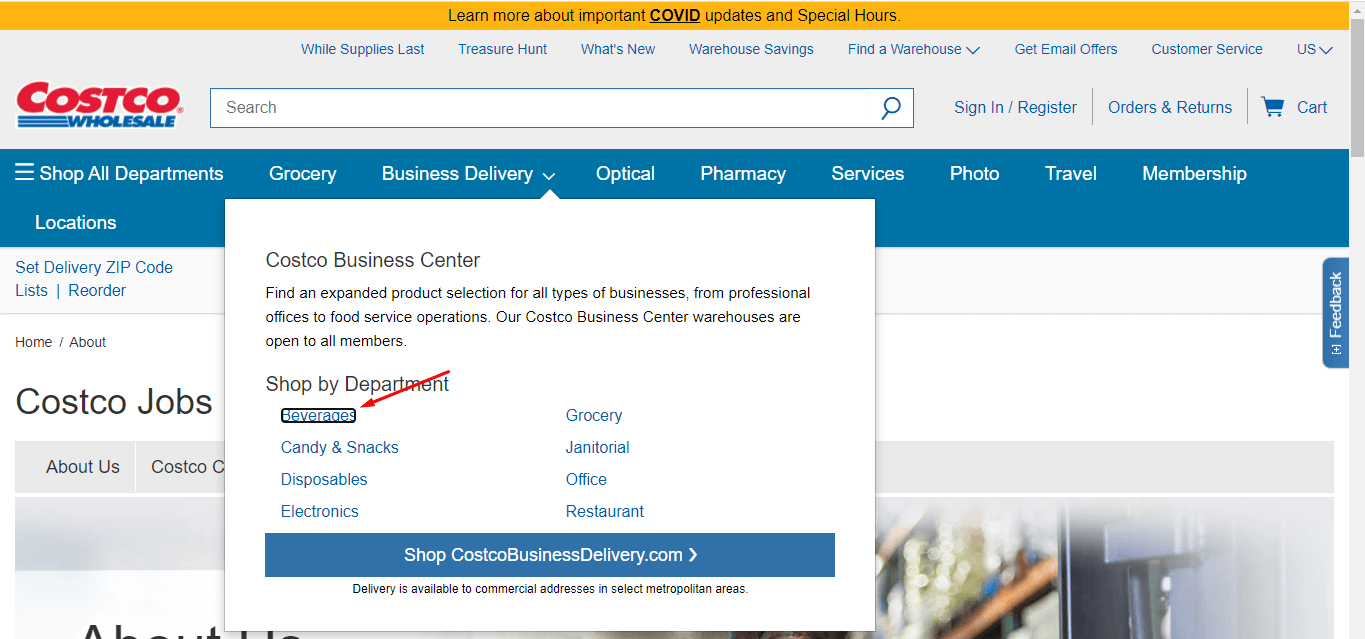
The Palm Beach Post is an American daily newspaper mostly serving Palm Beach County in South Florida. On the site, you can see a good display of content accessibility. There are identifiable link texts that are essential for all users. The links on the web page clearly describe the link or its purpose and where the link is going. The links are also underlined and easily differentiable when focused. More so, controls such as buttons and form fields are visible and usable.
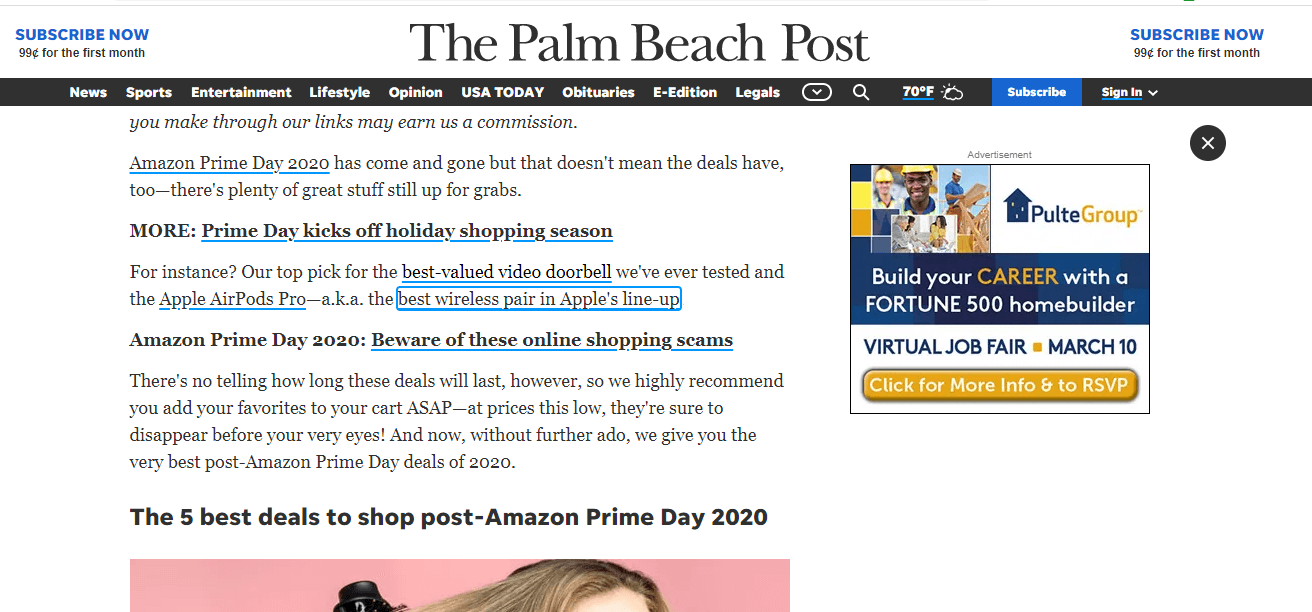
Key Takeaways
The key point here is to follow the World Wide Web Consortium’s (W3C) established, and widely accepted standards for accessibility – Web Content Accessibility Guidelines (WCAG). WCAG provides a set of testable criteria we can measure against.
Failing to meet WCAG accessibility standards creates a troubling problem. Navigation should be intuitive and clear. All individuals should be able to navigate pages without traps to complete actions such as finding jobs, booking flight tickets, etc. Web tables should also have proper HTML markup to ensure screen reader users can interact with them by navigating through, and hearing columns, and row headers.
Another key element among the WCAG criteria is alternatives for multimedia such as images and videos. Riding a textual equivalence for images helps visually impaired users who make use of screen readers to hear the content. At the same time, there should be enough contrast between text and background to ensure web pages can be usable by people with moderately low vision.
The continuous failure of organizations to be ADA-compliant and make their website and applications accessible has seen an increase in the lawsuit trend from 2017 to 2020. This period has been some of the largest web accessibility lawsuits, and they don’t look like they’ll slow down either not when the world is increasingly dependent on the use of the web due to the coronavirus pandemic. The only way out of this is for organizations to perform ADA web compliance testing early using both the ADA Compliance checker and manual functional checks with people living with disabilities. Besides, the benefits of providing disabled access go beyond preventing lawsuits. It opens up your business to a wider audience of people with disabilities and most likely their families, and increases usability for all.


